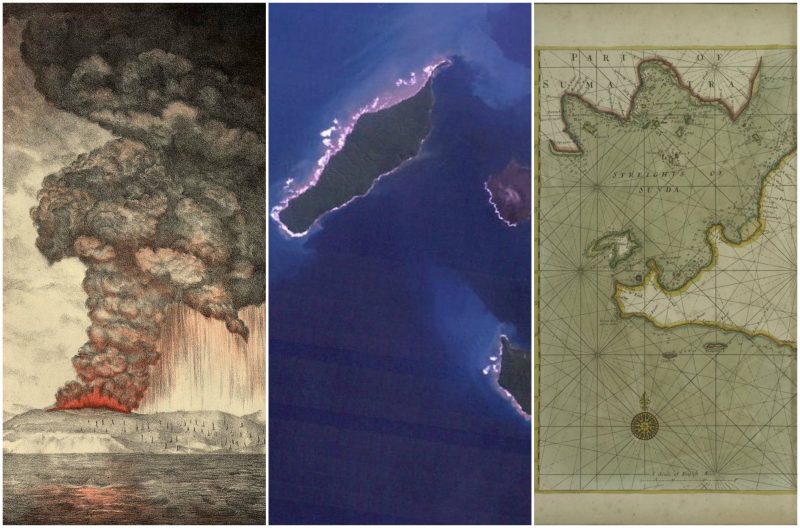On August the 27th, 1883, the eruption of Krakatoa produced a sound so loud, it shattered the eardrums of sailors that were 40 miles away from the island’s radius. More than 35,000 people lost their lives and the eruption and following tsunamis destroyed many homes. Throughout history, there have been many catastrophic events that have been triggered by the forces of nature. The terrible earthquake of Lisbon in 1755 is one such example. Nevertheless, the blast from this volcanic disaster has been remembered as the loudest sound the Earth ever produced.
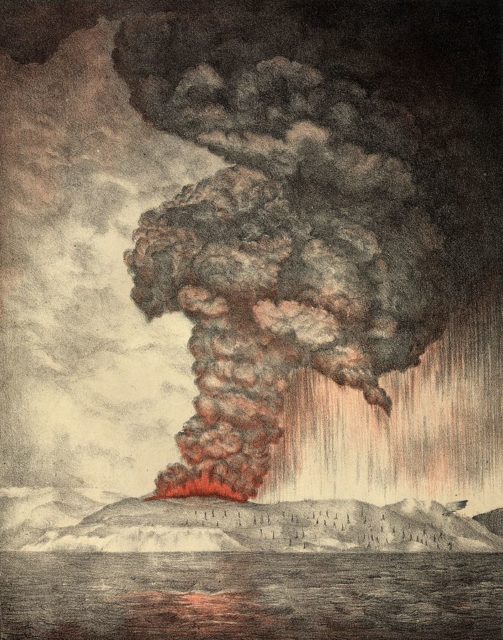
Krakatoa, or as it is known in Indonesian, Krakatau, is a volcanic island between the islands of Java and Sumatra. It is situated in the Sunda Strait and the name Krakatoa is also used to refer to what’s left of the island, following the aftermath of the gigantic eruption in 1883.
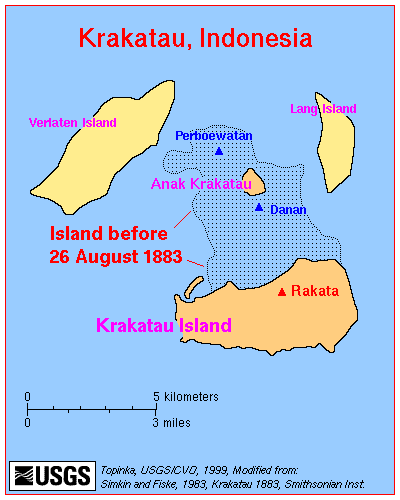
The eruption of Krakatoa began on the 26th of August, 1883, culminating with several destructive eruptions of the remaining caldera. At 10:00 a.m. local time, the ear-splitting blast emerged from Krakatoa and it was heard 1,300 miles away in the Andaman and Nicobar islands. Reportedly, the sound that the people heard was equivalent to that of guns or cannons firing. The sound could also heard in New Guinea and Western Australia, 2,000 miles away from the blast radius, and on an island near Mauritius, 3,000 miles away.
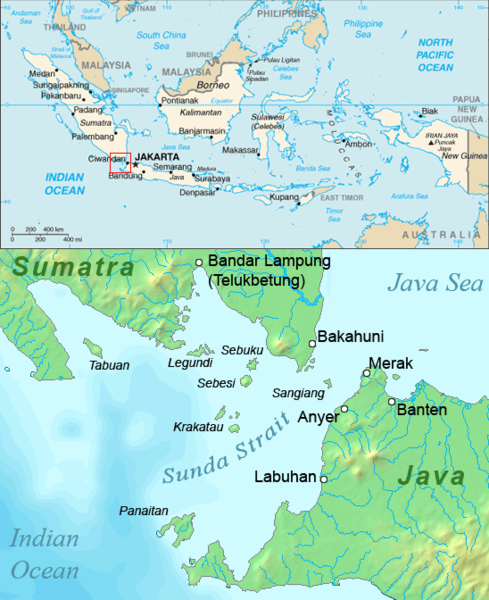
All things considered, many people from 50 different countries were disturbed by the booming sound, covering a thirteenth of the globe. By the next day, the eruption almost completely destroyed the island and its surrounding grounds. Additionally, the eruption caused volcanic smoke that reached 17 miles into the sky. The smoke particles produced a volcanic winter, reducing worldwide temperatures by an average of 1.2 °C for five years.
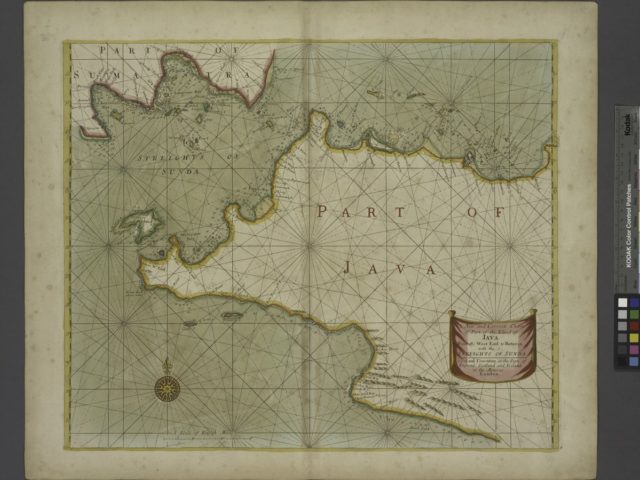
Reportedly, a barometer located at the Batavia gasworks, which is 100 miles away from Krakatoa, measured the pressure from the eruption. The air-pressure spike was calculated to over 172 decibels of sound pressure. It takes more than 130 decibels for the average person to feel pain in the ear. In other words, immensely loud noise. Almost 7 hours after the blast, a spike of air-pressure was registered in Calcutta. After 12 hours, St. Petersburg’s barometer also picked up the blast, which serves as an example how fast the shockwave traveled. The wave reverberated 3-4 times across the planet, upsetting barometers everywhere.
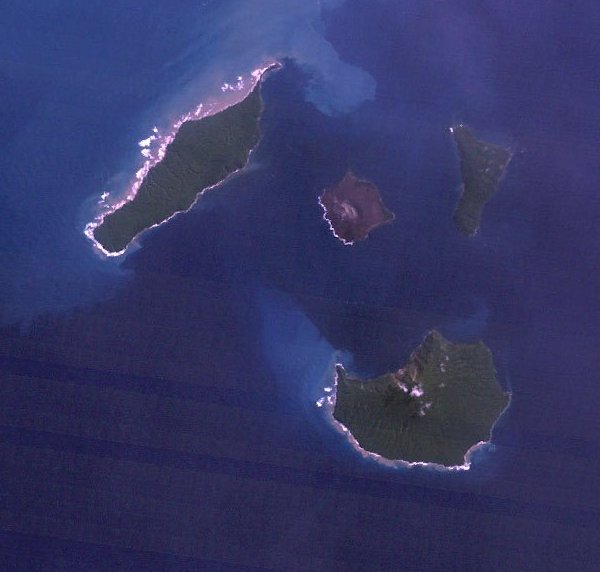
The gigantic explosion created tsunamis over 100 feet high. As a result, the tsunamis swept away many villages and coastal settlements. The death toll was estimated at over 35,000 people, not to mention indirect casualties from the volcanic winter.
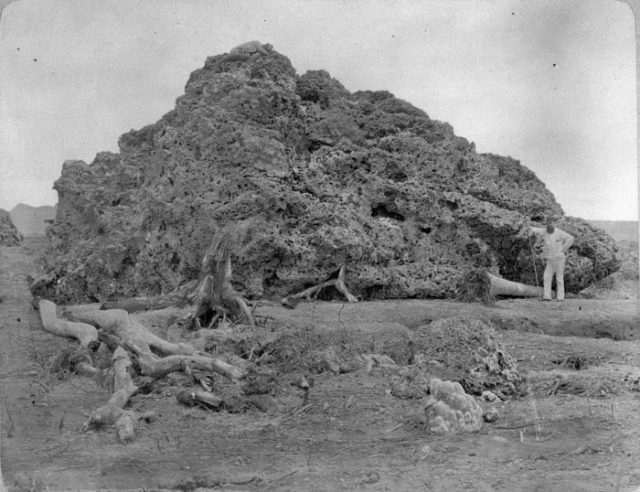
Consequently, a new island volcano appeared in the area between Perboewatan and Danan. It was named Anak Krakatau (Child of Krakatau). Its eruptions were mostly ash, as the two islands that followed were quickly eroded away. The island broke water in August 1930 and started producing lava flows and to this day, many volcanologists are interested in this specific area for various studies.
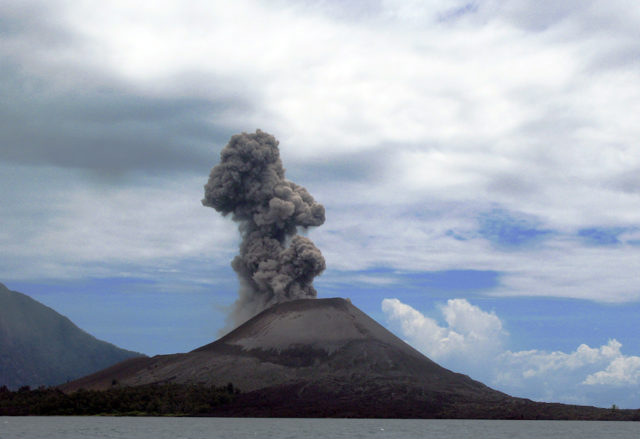
The Krakatoa eruption of 1883 is a reminder that man is not always capable of averting the brute force of nature. It is times like this that the only precaution would be to evacuate and hope for the best.
